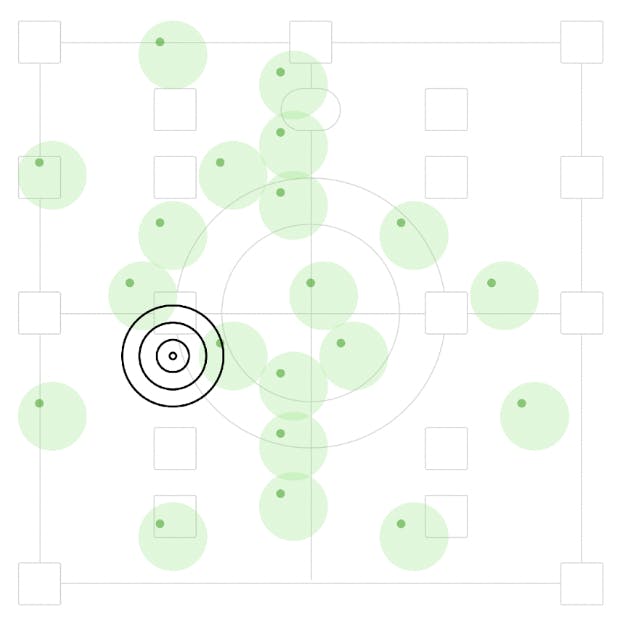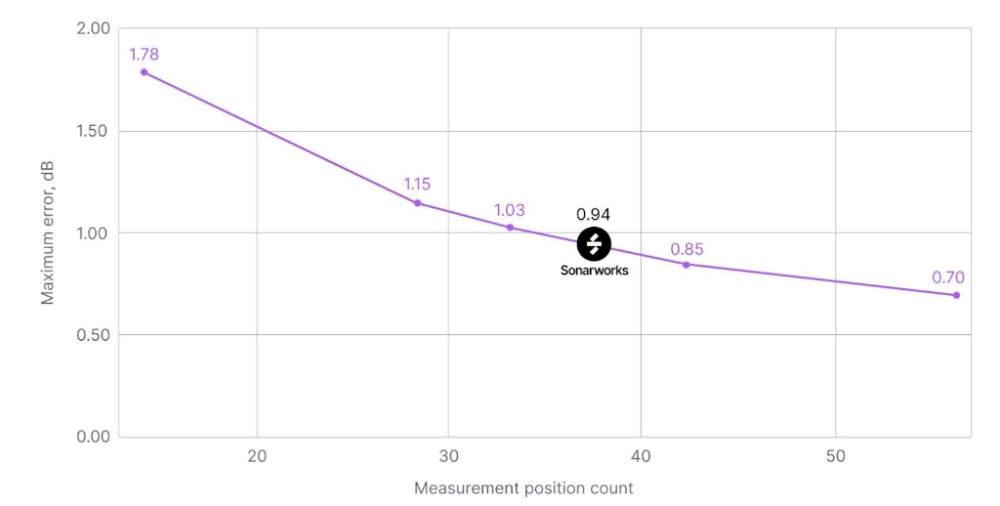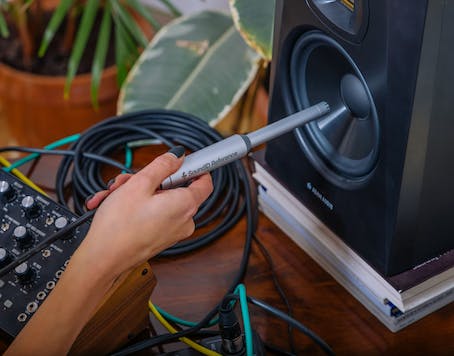With spatial audio technologies such as Dolby Atmos expanding outside cinemas to hundreds of millions of consumer devices, more and more studios are upgrading to multi-channel speaker setups to facilitate creation of spatial audio content. To produce convincing immersive experiences, the neutral sound is paramount. The only way to achieve it is through acoustic treatment of the room and a reliable calibration solution. This is the first piece in a series focusing on accurate multi-channel speaker setup calibration.
To determine speaker’s frequency response in a room and use it to calibrate output, a calibrated measurement microphone should be used. However, to achieve the best possible results it won’t be enough to put a mic in a listening spot and run only one measurement because of two main reasons: 1) the measurement microphone does not represent human perception. Humans have 2 ears and perceive additional acoustic information by collecting reflected sound from the body and ears, whereas the microphone is just one point in space. 2) Not all of the room’s acoustic problems can be identified in a single point in that space. As an example, a standing wave in the room can only be identified as such by looking at it relative to other measurement points.

It is clear that capturing more measurement points leads to higher calibration accuracy. The question is, how many measurement points are needed? The data from 8 different studios with 1200 measurement points performed in each shows the link between measurement points and accuracy. At Sonarworks we aim for accuracy below 1dB and that level of accuracy can be achieved by capturing 37 measurement points. When performing more than 37 measurements, the increase in point count leads to diminishing gains in accuracy, while making the whole process more time consuming. Furthermore, differences below 1dB are considered to be inaudible by most.

Read more about our latest findings, research and data reports here.




